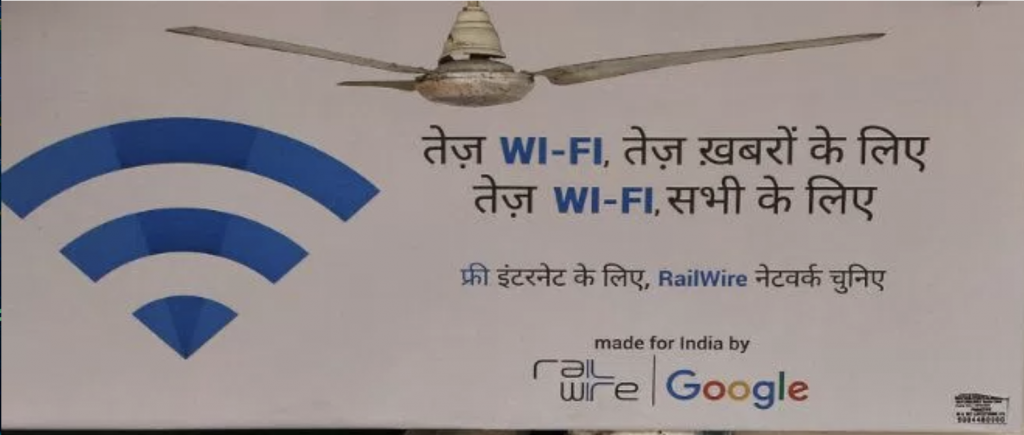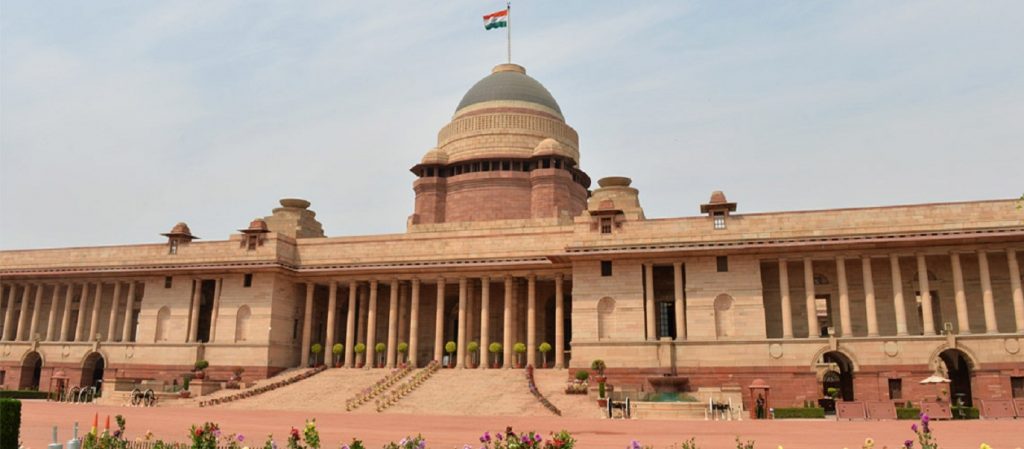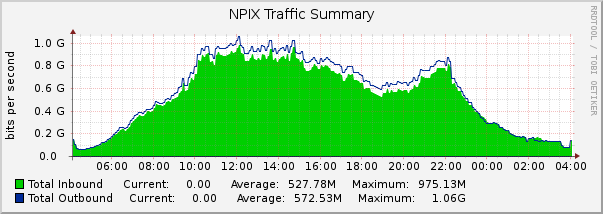Railtel-Google free railway station wifi using 49Gbps!
 Railtel (the telecom arm of Indian railways) is running free wifi hotspots across the country in collaboration with Google. It’s there since last two years and started with the MoU between Railtel and Google (news here) back in 2015. Fast forward to 2018 - the free wifi project railway stations seems to be doing quite well with so many users using it. The project covers 361 stations and is expected to reach it’s target of 400 stations soon. The IP network for the service is under the name “Mahataa Information India Private Limited” and originates IP pools from AS134426 - https://bgp.he.net/AS134426#_asinfo. It is a single homed network behind Railtel’s AS24186. https://qz.com/715143/googles-free-wifi-at-indian-railway-stations-is-better-than-most-of-the-countrys-paid-services/ I put an RTI to Railtel asking them about MoU details as well as bandwidth consumption for each state. In their reply, Railtel denied the request for MoU under the exemption from disclosure as well as NDAs they have with Google but they did share detailed of state wise bandwidth consumption.
Railtel (the telecom arm of Indian railways) is running free wifi hotspots across the country in collaboration with Google. It’s there since last two years and started with the MoU between Railtel and Google (news here) back in 2015. Fast forward to 2018 - the free wifi project railway stations seems to be doing quite well with so many users using it. The project covers 361 stations and is expected to reach it’s target of 400 stations soon. The IP network for the service is under the name “Mahataa Information India Private Limited” and originates IP pools from AS134426 - https://bgp.he.net/AS134426#_asinfo. It is a single homed network behind Railtel’s AS24186. https://qz.com/715143/googles-free-wifi-at-indian-railway-stations-is-better-than-most-of-the-countrys-paid-services/ I put an RTI to Railtel asking them about MoU details as well as bandwidth consumption for each state. In their reply, Railtel denied the request for MoU under the exemption from disclosure as well as NDAs they have with Google but they did share detailed of state wise bandwidth consumption. 
 Out of curiosity, I put an
Out of curiosity, I put an 

